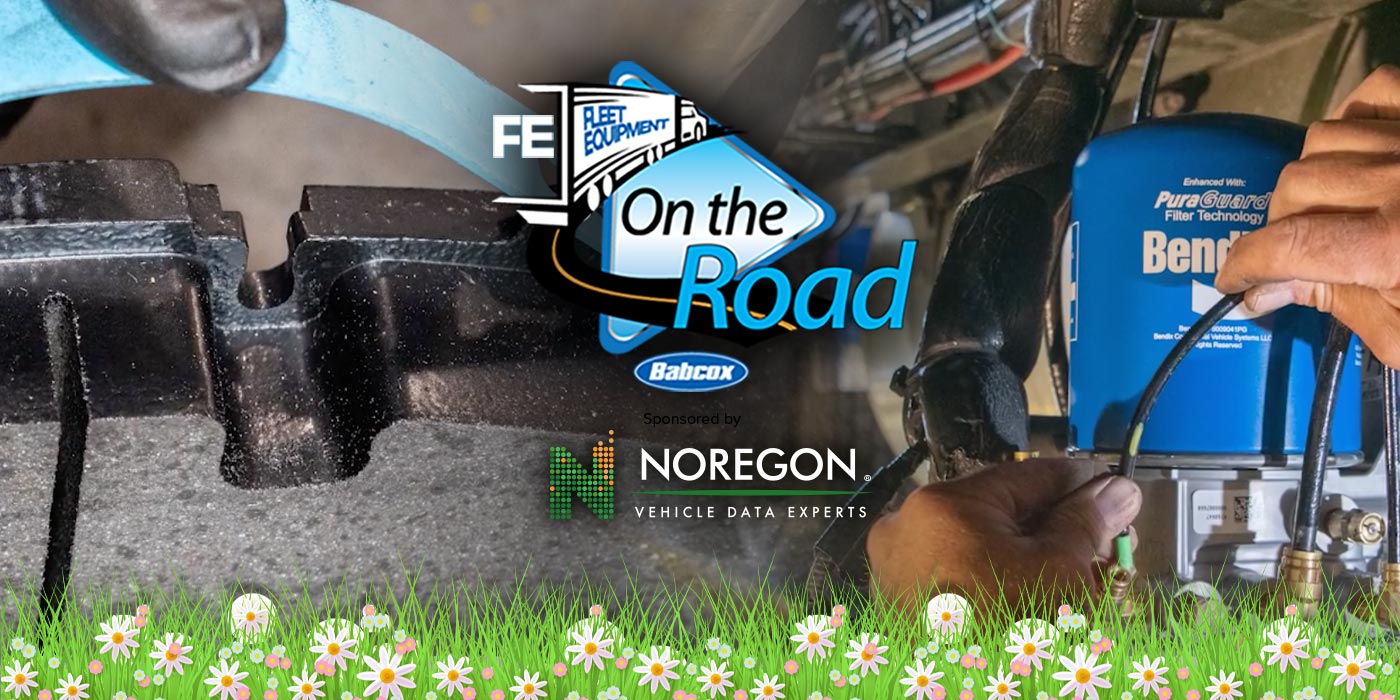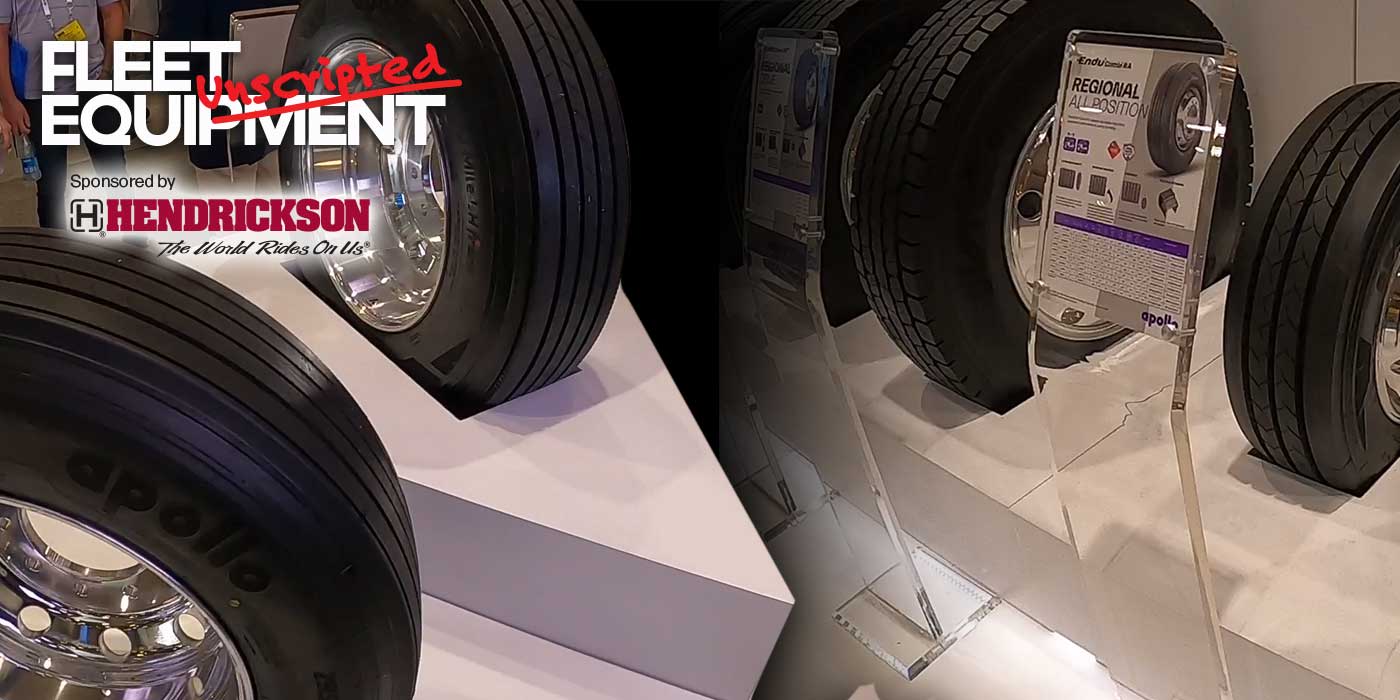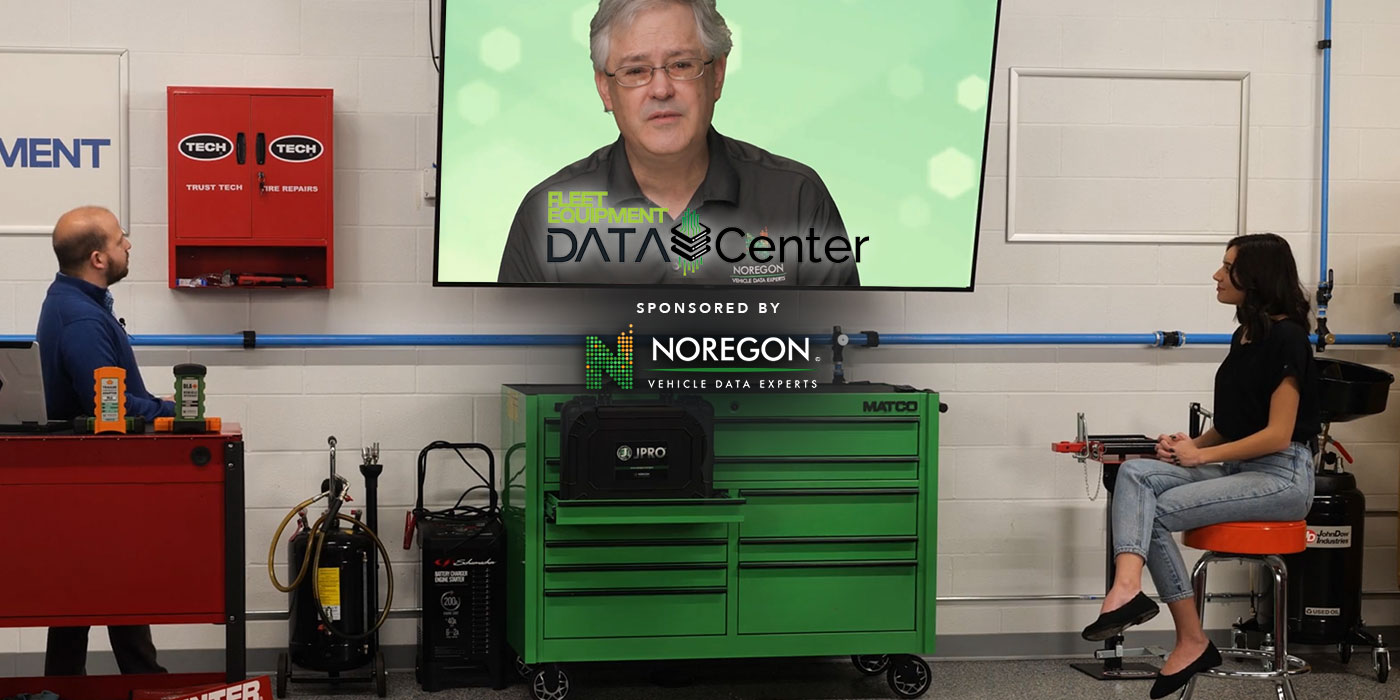We have said it a million times: The success of your operations is primarily dependent on your maintenance. It’s important to service all of your trucks, but there are some things that may require more immediate or frequent attention.
The best way to ensure that is by keeping a close eye on the state of your vehicles is through analyzing the specific metrics most important to your fleet’s operations.
Downtime is the obvious first metric to keep up with. The amount of time that a truck is out of service due to repairs or maintenance directly impacts your bottom line.
Fleets should track the utilization of their vehicles to ensure that they are being used efficiently. This includes tracking the number of miles driven per vehicle, the amount of time each vehicle spends on the road, and the number of trips each vehicle makes.
Fleets should also track their compliance with preventive maintenance schedules to ensure that they are staying on top of necessary maintenance and avoiding costly breakdowns.
Also, fleets should track driver behavior to identify opportunities to reduce wear and tear on vehicles, improve safety, and reduce fuel consumption.
What are some other important metrics that fleets should track when it comes to truck service operations?
Fleet Equipment’s Data Center is sponsored by Noregon. Subscribe to our newsletter to catch every episode as we’ll be diving into use cases, talking with the data pros and making data usage approachable.













